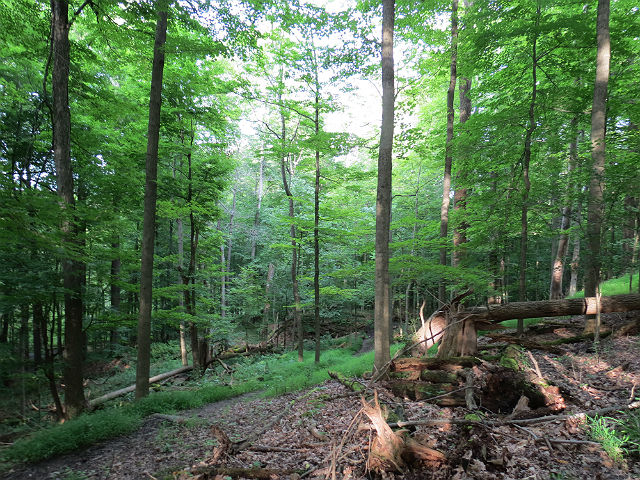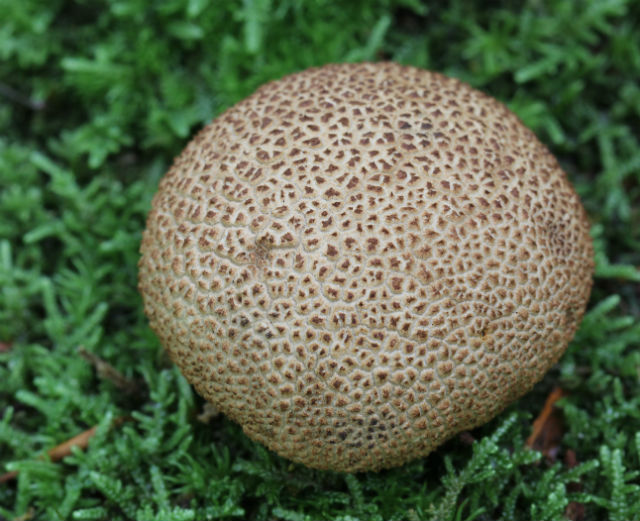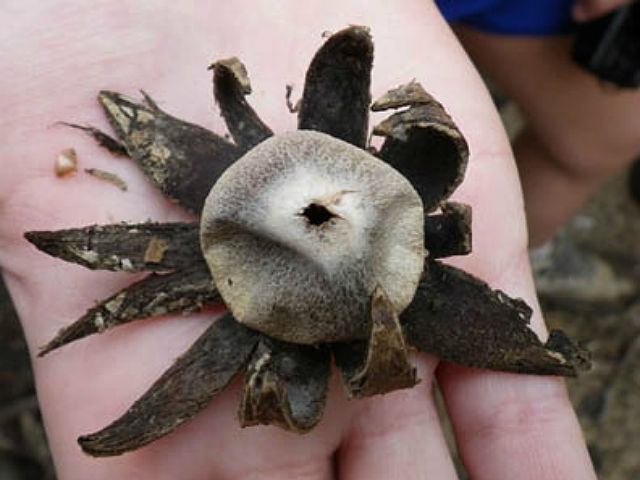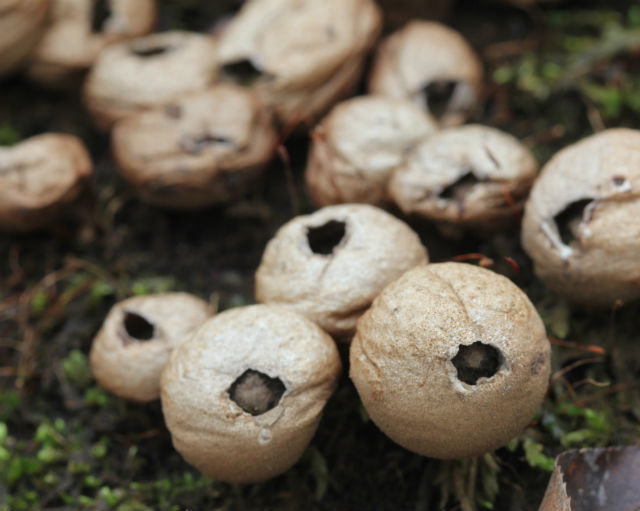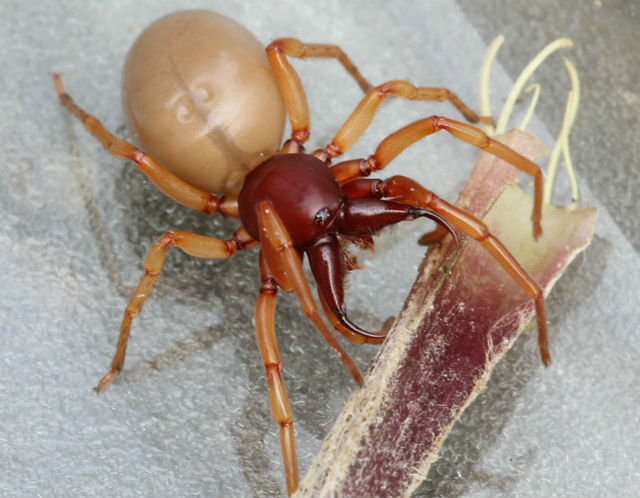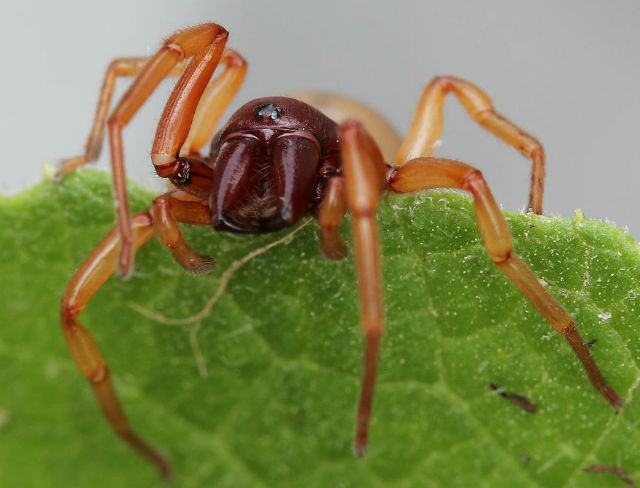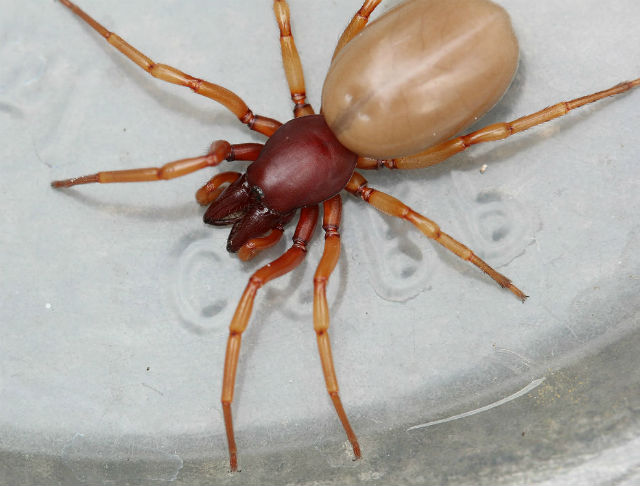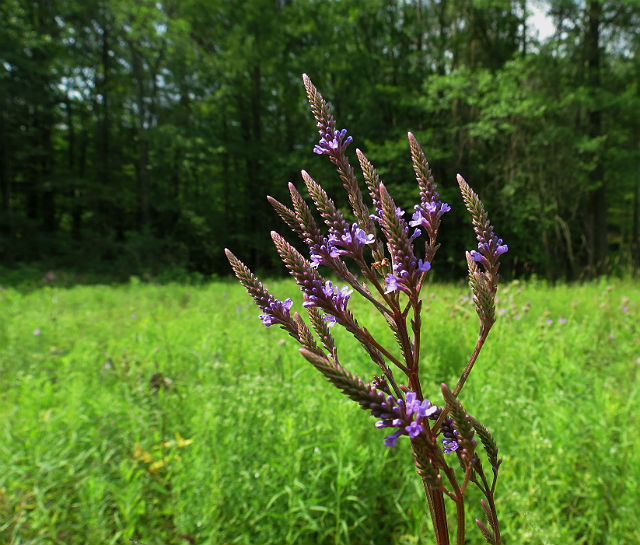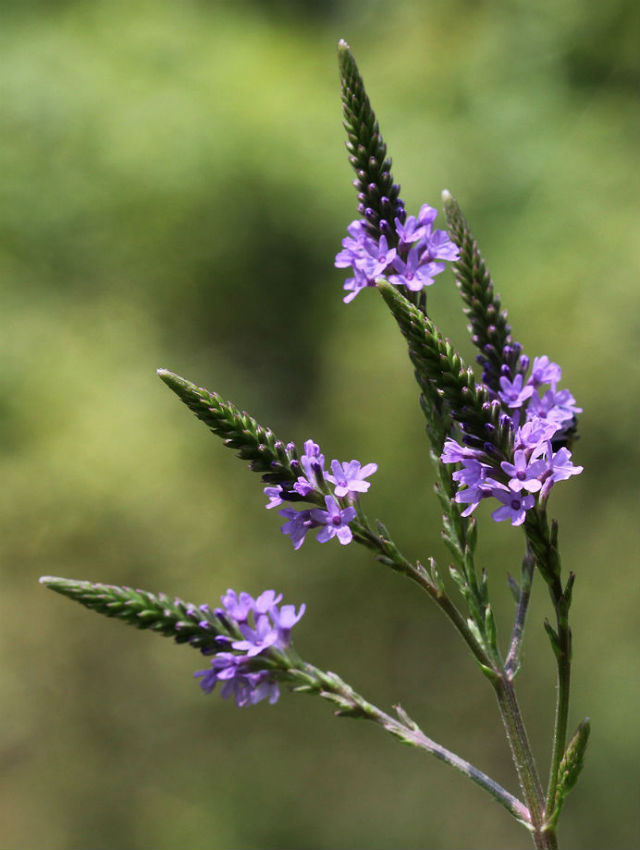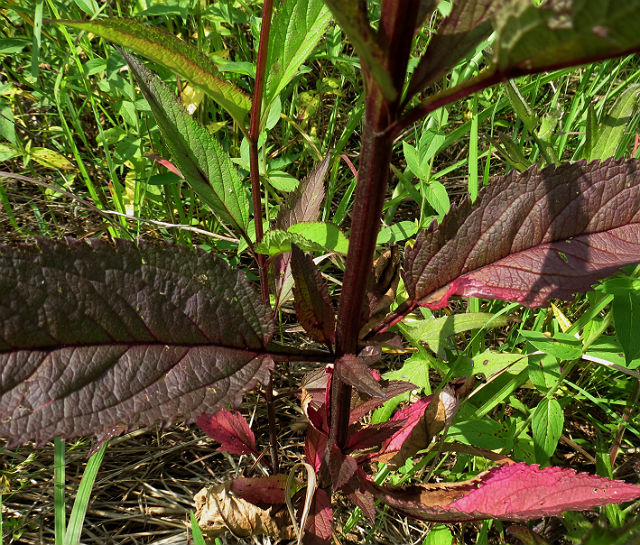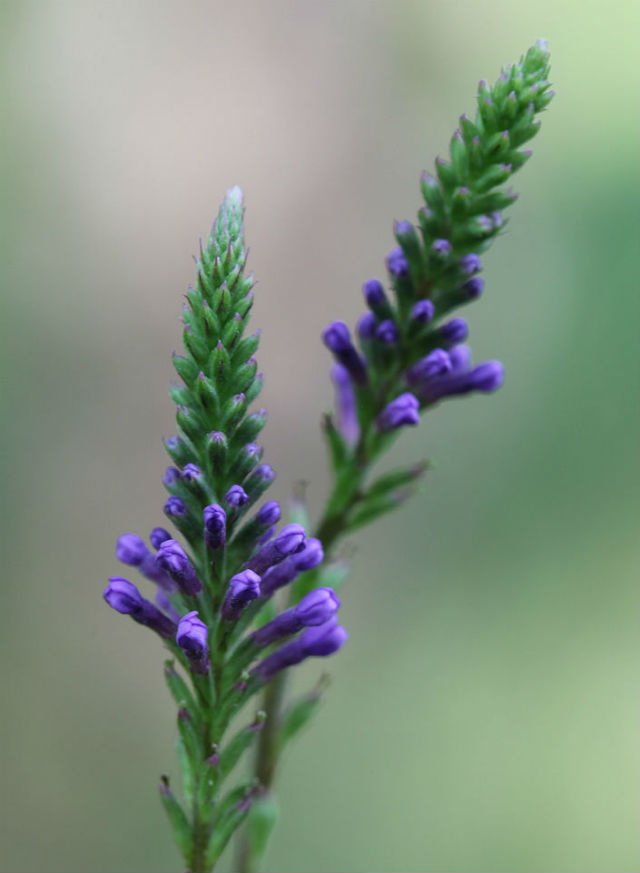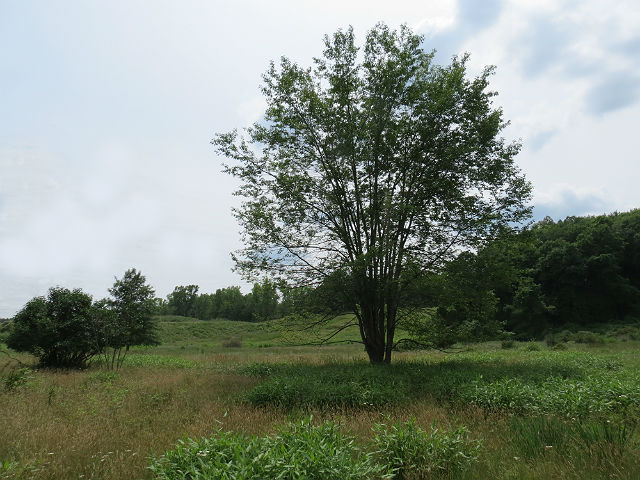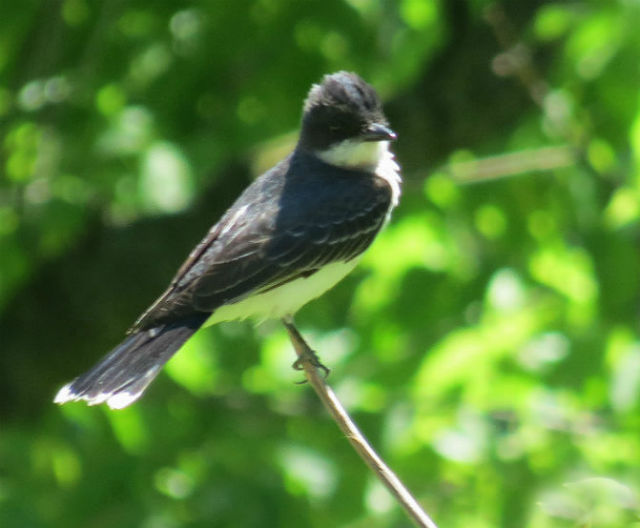A Puffball is a type of mushroom that looks like a ball when it matures. Once mature, it splits open, or a perforation develops on surface of the ball, through which the spores escape. Some sort of disturbance is needed to cause the spores to eject, like raindrops landing on the Puffball, wind, or an animal brushing up against it.
These mushrooms differ widely in size and texture, from tiny species that grow in clusters on wood, to large, terrestrial species growing in fairy rings in meadows. Earthstar Puffballs have layer of fruit body tissue that splits open in a star-like manner.
Puffballs follow the same life cycle but look different than the typical mushroom with which you might be familiar. When sliced open, puffballs contain only flesh or, if they have matured, spore dust.
Some types of these mushrooms have tradtionally been used for medicine as well as food. Not to mention that they perform the important feat of breaking down once-living matter to release carbon, oxygen, nitrogen and other matter back into the soil and atmosphere.

